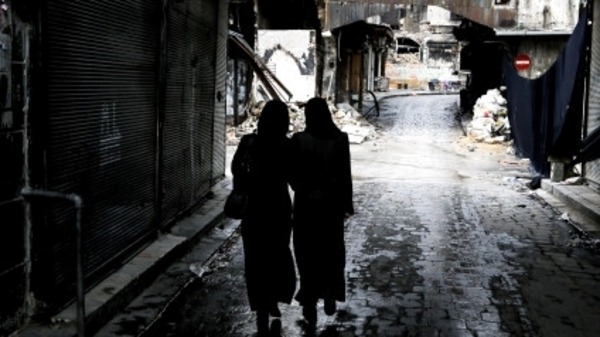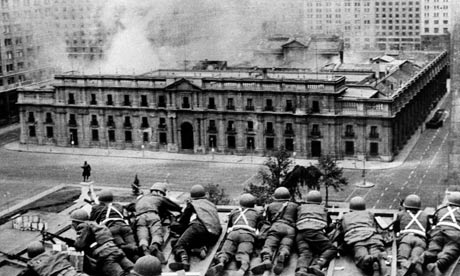Only a short time ago it seemed that the US was on the verge of launching punitive air strikes against the Assad regime. It seemed that after months of chaos and violence in the country, actions by the Syrian government had reached a threshold of barbarity that the international community (or at least the US) could no longer tolerate. In other words, the red line, demarcated by the use of chemical weapons, had been reached.
The use of chemical or biological weapons, especially on a civilian population, is nothing short of horrific. The rhetoric espoused by the Obama administration and much of the international community made this clear. As both Secretary of State Kerry and President Obama discussed the possibility of imminent attacks on Syrian government infrastructure, there were frequent references to the notion that a strict international norm had been violated. The intolerability of this attack was emphasized and the fact that Assad had crossed a “red line” made headlines in American and international media.
Although it is easy to agree that chemical and biological weapons constitute a violation of morally appropriate conduct – even in the context of warfare – it is less clear how these red lines become established. Given their apparent importance in determining when external forces are justified in retaliating against a belligerent, it seems necessary to examine what constitutes a red line and what does not.
In a recent CNN article, award winning journalist and director of the Women Under Siege Project, Lauren Wolfe weighed in on the subject by posing the question: “How do we decide what suffering matters enough to get a red line?” As she points out, it is curious (and quite morbid) that the international community is comfortable with the idea that human suffering can be ranked. The emphasis placed on the use of chemical weapons as a red line indicates that this type of human suffering is considered worse than other forms of suffering. The implication therefore is that this “red line” justifies intervention whereas other war crimes do not.
Wolfe is not convinced that drawing such strict lines between acceptable and unacceptable violence is an objective understanding of the consequences of warfare. Her extensive work on sexual violence against women has uncovered empirical evidence that this weapon of war has devastating impacts on individuals, societies, and states. She poses a valid hypothetical: why is sexual violence against women not considered a “red line” in conflict?
In Syria, rape has been used to terrorize both combatants and civilians. A survey of Syrian refugees conducted by the International Rescue Committee reported that rape is the primary reason why families are fleeing the country. A UNHCR official discussed the increased use of rape and sexual violence as a weapon of war to destroy “identity, dignity, and the social fabrics of families and communities.” Not only does sexual violence have devastating consequences for individual men and women, but it also has the potential to disrupt regional security dynamics as war-torn states spread instability to their neighbours. Surely a weapon associated with such moral repugnance and prominent security concerns could also be considered a “red line.”
Sexual violence in conflict scenarios is at best considered one of several reasons that may prompt outside intervention. This is in direct contrast with contemporary understandings of sexual violence, particularly rape, as a weapon of war. A common argument is that violence against women has become normalized in the context of war. In a previous article, I argued that rape is often seen as a tragic byproduct of war when in fact it is a weapon often employed to achieve strategic objectives. Sexual violence can be used to demoralize entire communities, assert control over a population, and even redraw ethnic boundaries.
As Wolfe acknowledges, the decision to intervene militarily in a conflict is rife with political calculation. For example, it is often argued that Western powers intervened in Bosnia because a political solution was perceived as achievable. Geopolitical concerns also often outweigh moral concerns when states determine whether or not to intervene. This is a possible explanation for why the US has considered launching air strikes against Syria but seems uninterested in intervening in the Democratic Republic of the Congo where rape is being used as a weapon of war.
The merits of intervention in Syria continue to be debated even if the threat of air strikes has been taken off the table for the time being. Although policymakers, politicians, and the media have divergent opinions on whether or not the US and/or the international community should become military involved in Syria, they all seem to take for granted this idea of chemical weapons as a natural red line. The question Wolfe poses is provocative but earnest. As moral and political calculations shape these discussions it is important to reflect on the notion of “red lines” and consider their arbitrary character.




